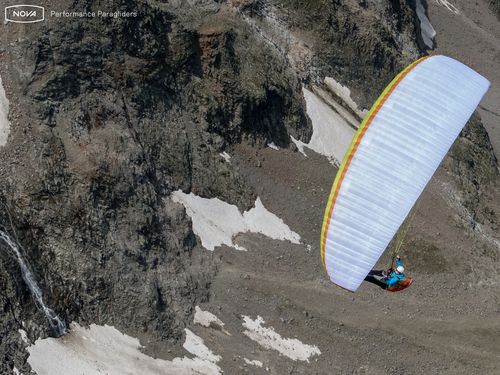Bardzo lekki a przy tym wytrzymały: skrzydła NOVA w kategorii wagowej light są lekkie jak piórko a mimo to wystarczająco mocne by sprostać wymagającym warunkom w górach. Profil wykonany jest z bardzo wytrzymałego materiału, który w przeciwieństwie do ultralekkiej tkaniny nie deformuje się. Dzięki temu gwarantujemy stałe właściwości lotne skrzydła.
NOVA Air Scoop jest zoptymalizowanym wlotem powietrza, który zwiększa ciśnienie wewnątrz skrzydła. Zasada jest analogiczna jak w przypadku wlotu powietrza w samochodzie sportowym: im większy przepływ powietrza – tym wyższe powstaje ciśnienie. W przypadku paralotni większe ciśnienie wewnątrz skrzydła oznacza lepsze osiągi i większą stabilność.
Kto próbował owinąć kulę kartką papieru, na pewno zwrócił uwagę na to, że papier się marszczy. Podobnie jest z krawędzią natarcia paralotni, na której materiał musi dopasować się z jednej strony do krzywizny profilu, a z drugiej do efektu ballooningu. Podwójny 3D Shaping redukuje za pomocą dodatkowych szwów powstawanie zmarszczek i podnosi w ten sposób osiągi skrzydła.
SmartCells przeciwdziałają nierównomiernemu rozłożeniu siły wewnątrz czaszy, powstającej przez punkty podczepienia linek. W paralotniach z technologią SmartCells szerokość cel inteligentnie dostosowuje się do wytwarzanej siły. Skrzydła takie są spokojniejsze w powietrzu, bardziej kompaktowe i lepiej szybują.
Wszystkie paralotnie NOVA są bardzo poręczne. Skrzydła możemy składać komorami, ale nie jest to koniecznością. Dzięki naszemu wieloletniemu doświadczeniu w wykorzystaniu technologii z użyciem żyłek usztywniających wiemy, że sposób składania skrzydła ma znikomy wpływ na jego trwałość. Zgięte usztywnienia bardzo szybko wracają do swojego pierwotnego kształtu.
Koncepcja trzyrzędowej paralotni a także zredukowanej długości linek umożliwia konstruowanie skrzydeł o bardzo dobrych osiągach i wysokim bezpieczeństwie pasywnym. Taki schemat olinowania zapewnia paralotni dużą odporność na podwinięcia, jeśli jednak już dojdzie do deformacji, to z reguły na bardzo małej powierzchni. Dzięki temu poprawione zostało zachowanie skrzydła w ekstremalnych stanach lotu.
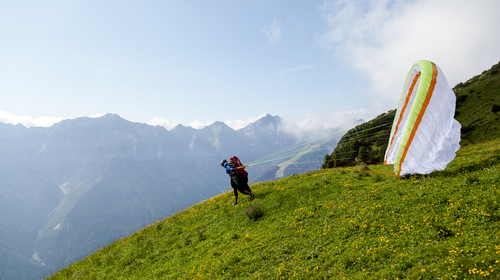
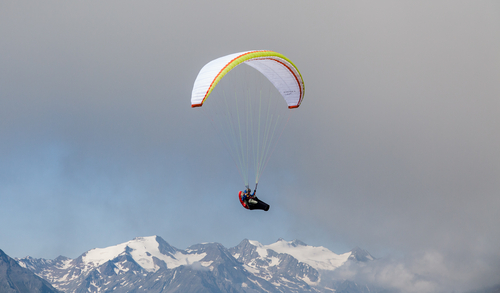
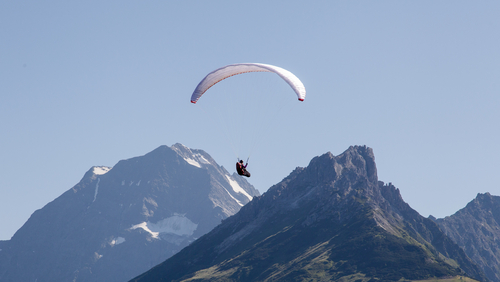
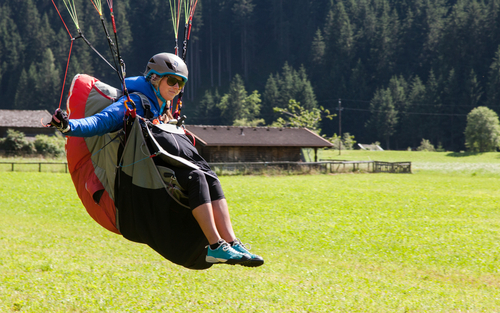
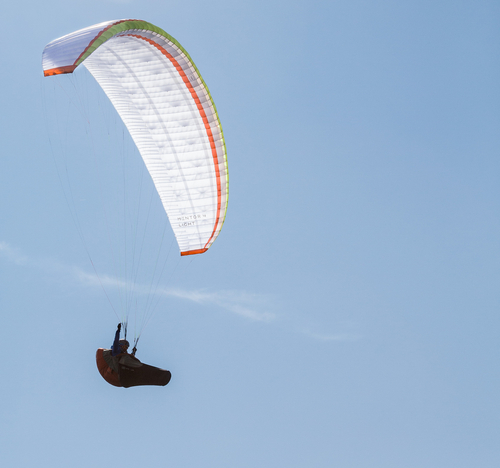

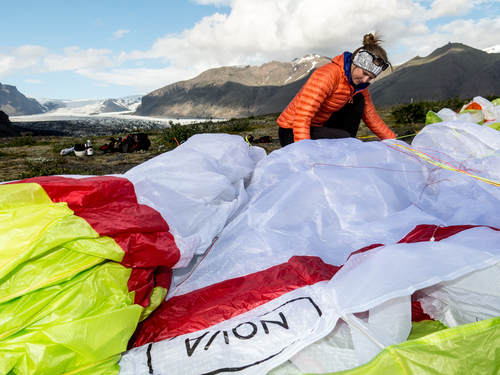
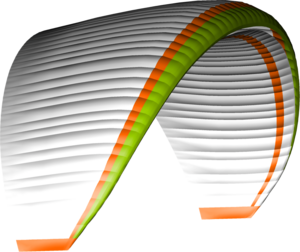 White
White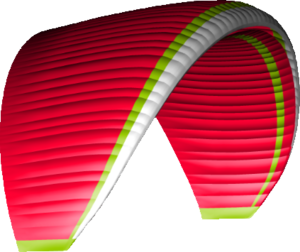 Red
Red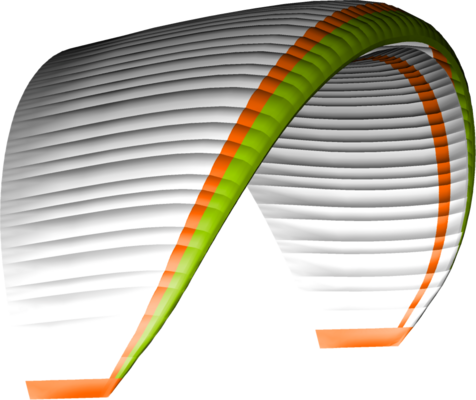







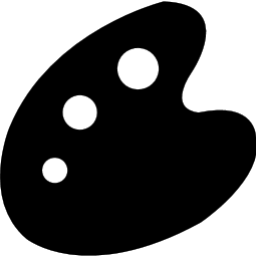

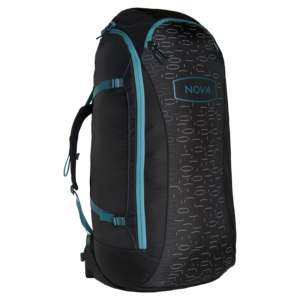 NOVA Rucksack.
NOVA Rucksack.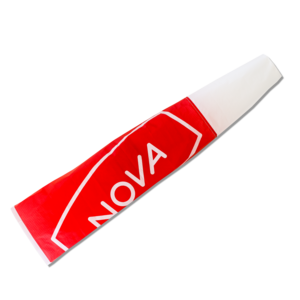 NOVA windsock.
NOVA windsock.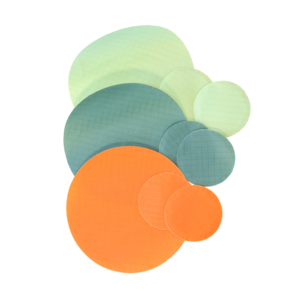 Repair kit.
Repair kit.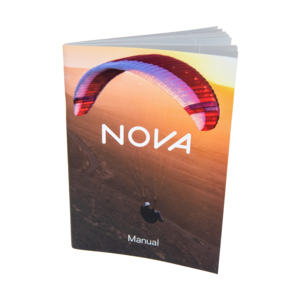 Manual.
Manual.